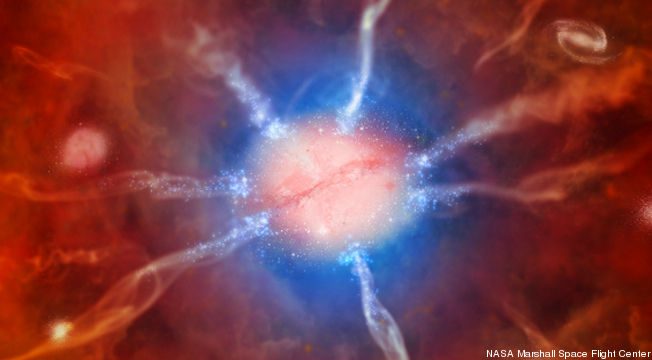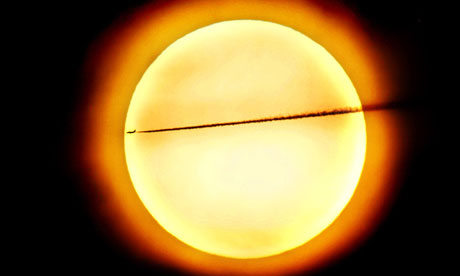“‘According to the space agency, NASA’s Solar Dynamics Observatory (SDO) ‘captures a shot of the sun every 12 seconds in 10 different wavelengths.’ The video features images from the past three years, ‘at a pace of two images per day.’” Today’s Moments of Zen: Three Years of the Sun in Three Minutes.
The Sun Will Still Be Shining.
“‘According to the space agency, NASA’s Solar Dynamics Observatory (SDO) ‘captures a shot of the sun every 12 seconds in 10 different wavelengths.’ The video features images from the past three years, ‘at a pace of two images per day.’” Today’s Moments of Zen: Three Years of the Sun in Three Minutes.


